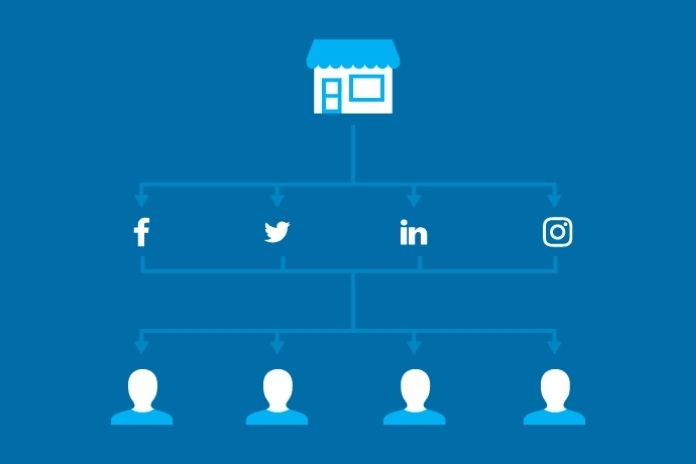Social Media: Millions of new publications per day are made on Facebook, Twitter, and Instagram with the most diverse subjects.
For this reason, they require the existence of algorithms that allow the segmentation and prioritization of the most relevant content for each user. After all, even being able to choose who to connect with, everyone is daily susceptible to receiving hundreds of interactions referring to each action of their contacts, which would make our experiences on social networks, at the very least, exhausting.
The solution they found was the same: create a news feed from algorithms based on user interests and interactions. Because they have different goals, the algorithms of social networks are different. And, of course, they are constantly evolving.
But what’s suitable for the user is challenging for marketers. You must always be aware of changes to optimize your target audience’s attraction strategies. This post aims to bring the main characteristics of social media algorithms to collaborate with the understanding of what does and does not make sense from the point of view of the attraction.
The Facebook News Feed Algorithm
Facebook has about 130 million users who spend an average of 20 minutes per visit on the social network. They are exposed to around 1,500 posts per day but only see 100 in their news feeds.
But Why Does This Happen?
In 2014, Mark Zuckerberg, CEO of Facebook, said that the network’s primary focus is to become a “newspaper personalized for each person.”.”
Therefore, Facebook is constantly learning about the behavior of its users, seeking to empower them to arrive at the definition of what actions define whether or not content is interesting. The goal is to keep visitors longer on the social network, interacting with as many publications as possible.
Although it seems very simple, the Facebook algorithm contains more than 100 thousand variables that, if combined, hack the behavior of users and the interaction with the content available on the social network.
Two of the aspects that guide this analysis are:
Origin Of Publication
In 2015, after finding that its users worried a lot about losing updates from their closest friends amidst the news feed information, Facebook’s algorithm started to let them choose which pages or people they would like to see. Updates first.
Before that, there were only filters for what people didn’t want to see, with the option to hide posts and unfollow. Likes, shares, and comments measured content relevance and engagement with other users or pages. At that time, News Feed Preferences were launched to empower them in this choice.
Relevance Of Publication
Based on interaction history, Facebook’s algorithm, also known as Edge rank, can predict when a post will be liked, clicked on, commented on, or marked as spam.
Combining the variables creates the relevance score, which organizes the order in which posts will appear for each user. The first one that appears will therefore be the most capable of generating engagement at that moment. This calculation is continuously fed back by positive and negative feedback.
The same logic is used with Facebook Ads. If ads are expected to improve users’ experience on the social network, the relevance diagnosis collaborates with identifying the target audience for companies that use this attraction strategy. You can read more about how the algorithm collaborates with Facebook Ads in Ad Relevance Diagnostics.
The Timeline Algorithm On Twitter
As with Facebook, Twitter users also worried about missing the most relevant updates from their closest contacts on the social network.
From there, the social network changed its positioning. It started to give the user the option to decide whether to see the information in chronological order or relevant to the new algorithm. This was done by developing two alternatives for defining the tweets shown on the timeline: “while you were away” and “best tweets first.”
The first option, “while you were away,” was created in 2015 and acted on users who access the social network a few times a day so that they don’t miss important updates on the accounts they interact with the most.
This option appears right after the user logs in, and while there isn’t much information on how relevance is measured, the concept of engagement with the content type and the tweet’s source account is quite significant.
The second possibility, implemented in 2016, is based on calculating the content’s relevance to users. In this case, the chronological order of the posts is left out, and the content is shown according to the probability of generating engagement.
Also Read: What Is Good Behavior On Social Media?

